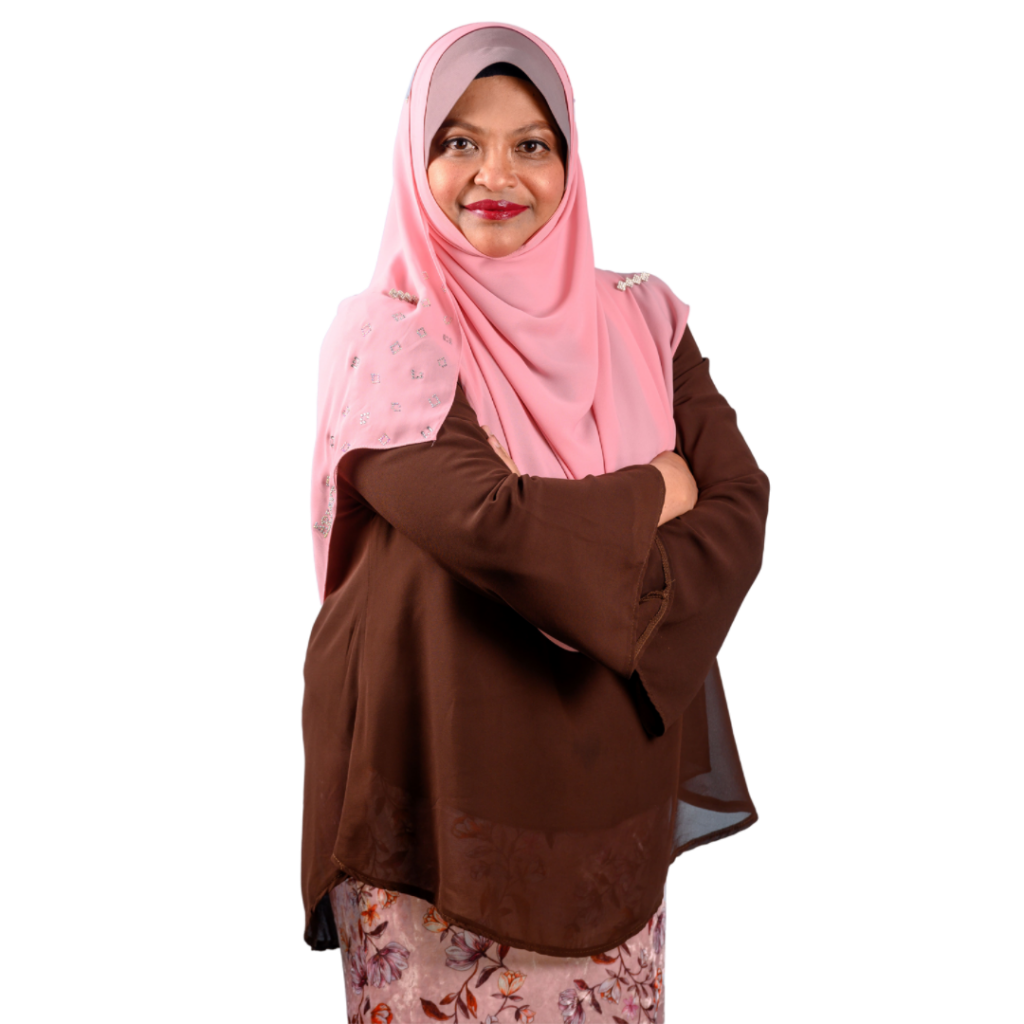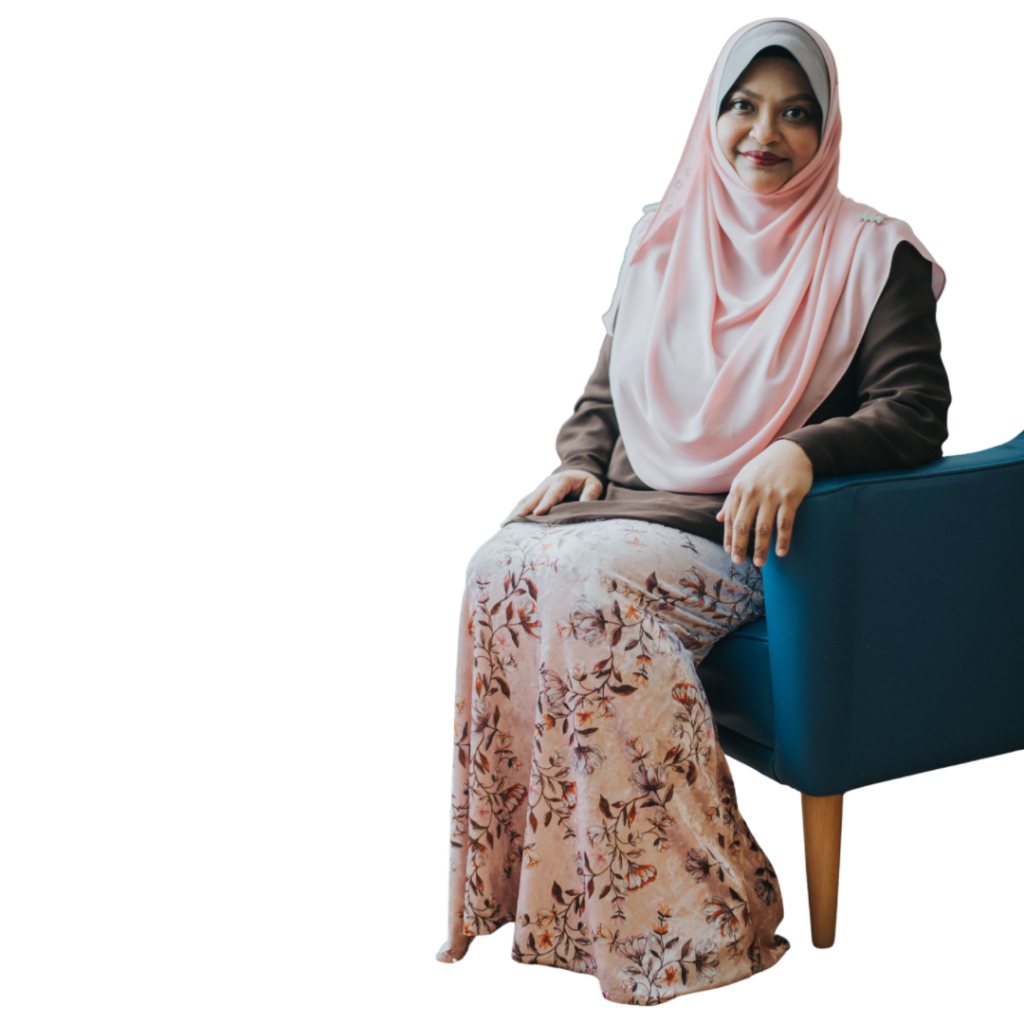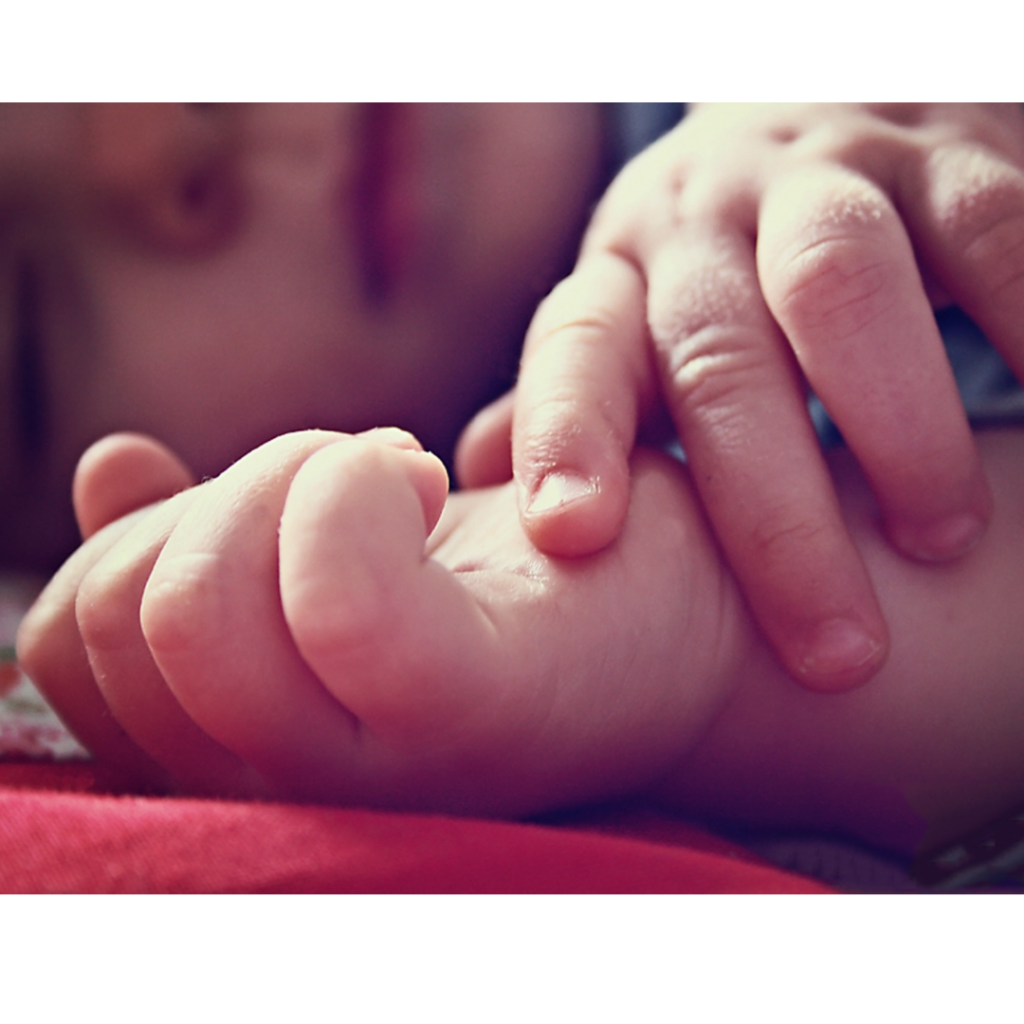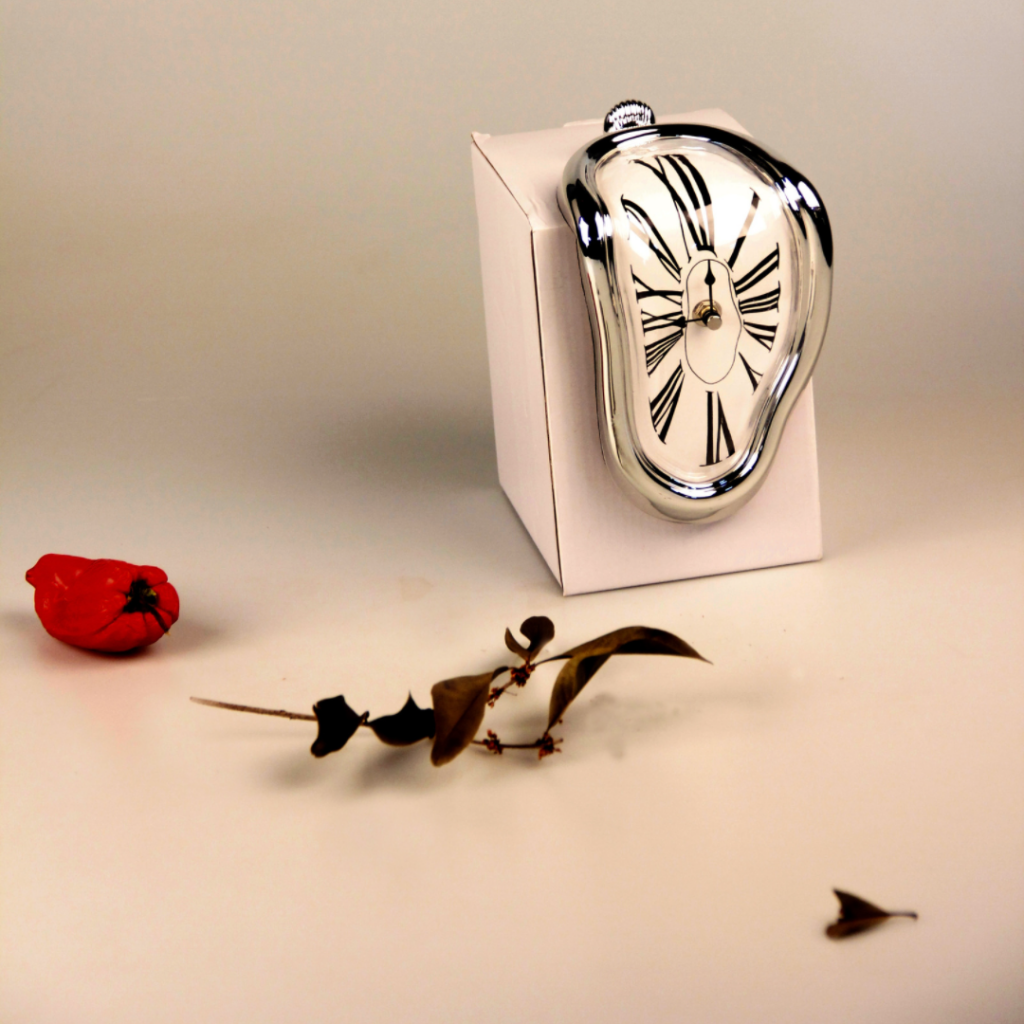
There’s a reason why colds are called “common”: Many healthy children have eight to 10 colds and other viral infections in the first two years of life (or six to eight colds in the first year), according to the American Academy of Pediatrics (AAP).
The newborns are at higher risk for colds and other infections for the first four to six weeks, because the baby’s immune systems aren’t fully matured. All babies are born with some immunity to illness, but it takes time for babies’ immune system to fully develop and mature to fight the germs. Common colds are caused by viruses, or germs. A common cold is a viral infection of the baby’s nose and throat, showing signs of a cold. Babies are likely to get common colds as they are yet to develop immunity to common infections.
This topic is further discussed in this article with Dr Diana Bt Osman, Consultant Paediatrician at Sri Kota Specialist Medical Centre, Klang.
- How do babies catch a cold?
The common cold is caused by viruses. These viruses are spread through skin-to-skin contact, droplet transmission from coughs or sneezes and contact with an object that’s been contaminated.
i) Colds spread through person-to-person contact or by breathing in virus particles, which can travel up to 12 feet through the air when someone with a cold coughs or sneezes.
ii) It also lands on surfaces such as toys and tables, therefore when babies touch these surfaces and then put their hands in their mouth, they give the cold virus an easy entry route.
iii) Babies also often pick up colds during day care. When a sick baby at day care coughs or sneezes, the droplets carrying cold viruses from the cough or sneeze may reach another baby’s nose or mouth.
iv) They can catch it from older brothers and sisters who bring the virus home from school, or from grown-ups who shake hands with someone who carries the cold viruses
2. What is the common cold in babies?
It is called ‘common’ cold because many healthy children have 8-10 colds and other viral infections in the first two years of their life. That is because their developing immune systems are not able to protect them yet from viruses
A common cold is a viral infection of your baby’s nose and throat. There are more than 200 different types of viruses that can cause a cold. The most common one is called the rhinovirus, but others include the coronavirus, parainfluenza, adenovirus, enterovirus, and respiratory syncytial viruses. Common cold symptoms usually are mild. They often include a tickly throat, a runny or stuffy nose, and sneezing. They may have a low-grade fever. A baby with a cold usually feels quite well, and has a good appetite and normal energy levels.
3. Most colds are caused by rhinoviruses carried in invisible droplets in the air or on things we touch. What are the symptoms of a cold in a baby?
The first signs of the common cold in a baby are often: A congested or runny nose. Nasal discharge may be clear at first but might thicken and turn yellow or green.
Other symptoms include:
– Fever
– Sneezing
– Coughing
– Decreased appetite
– Irritability
– Difficulty sleeping
– Trouble nursing or taking a bottle due to nasal congestion.
4. What are the causes of cold in babies?
The most common one is called the rhinovirus, but others include the coronavirus, parainfluenza, adenovirus, enterovirus, and respiratory syncytial viruses.
5. How long does a cold last for babies?
The normal cold usually lasts for 7-10 days. Some do extend up to 14 days. Th incubation period for a cold is between one and four days. It is typically most contagious a day or two before symptoms appear but can be passed along when the cold is already underway. Once the runny nose dries up, it is less contagious.
6. How does a cold start in a baby?
During the 1st 3 days, they may seem fussier than usual with low grade fever and slight decrease in appetite. They may also start to have a runny nose with a clear mucus (usually begins on day 2 or 3). During the middle phase of a cold, the fever usually subsides but the mucus thickened and may turn light yellow. This causes nasal congestion in a baby
(‘ blocked nose’). Baby will start to develop cough due to the mucus dripping down the nasal passage to the back of the throat (post nasal drip). This sets off a cough response.
During this episode the baby may have trouble sleeping.
In the final three days, the mucus thickens even more and becomes crusty, by then babies will generally become more active and appetite back to almost normal.
7. Do baby colds go away on their own?
Colds typically go away on their own after a few days but may need to visit a Paediatrician if unusual symptoms develop or if a baby is less than 1 month old.
8. How does a cold affect babies?
Babies can develop complications from a common cold. These complications include
– Acute ear infection (otitis media)
– Wheezing
– Acute sinusitis (usually older children)
– Other infections. A common cold can lead to other infections including pneumonia, bronchiolitis and croup.
9. What are the treatments for baby cold?
Most cases of common cold get better without treatment. Antibiotics are usually not needed unless congestion develops into an ear infection or pneumonia. Medications can help in relieving some of the symptoms but it will not make a cold or flu go away any faster.
These are some of the medications to treat a common cold but they must be prescribed by a doctor/paediatrician:
– Fever reducing medicine- Paracetamo
– Flu medicine- Anti Histamine
– Cough medicine – ONLY to be given to children above 2 years old
– Nasal spray – saline nasal spray, to clear nasal mucous
– Nasal decongestant spray- for relieve of nose block/nasal congestion
10. When do parents see a doctor?
– Baby less than 1 year old
– Baby is older but has a fever
– Vomiting, unable to tolerate orally or interrupted feeding
– Passes less amount of urine (signs of dehydration)
– Baby becomes inactive, sleeps much more than usual, drowsy
– Fast, rapid or noisy breathing
– Cough worsens after a few days or if cough persists for more than 5 days
– Appearance of rashes, red eyes or develops eye discharge
– Pale or bluish skin
– Irritable
– Has thick, green nasal discharge.
11. Can parents manage cold for their baby at home?
Yes, most colds can be managed at home but parents must be aware and vigilant of the signs and symptoms of worsening infection and a visit to a doctor/Paediatrician is a MUST based on the criteria given earlier.
Here are some useful tips for managing the common cold at home: –
i) If a child has low grade fever, a sponge bath with lukewarm water may help while waiting for the medicine(paracetamol) to work
ii) Keep your child hydrated by frequent small feeds. Breast feed as often as possible to keep them hydrated
iii) Encourage plenty of fluids in bigger children. Fluids like water and fruit juices would be helpful.
iv) Soft diets like porridge and soups would be best during the illness.
v) Inhaled steam or a cool mist vapourizer may help a stuffy nose
vi) Nasal saline or saline gel may be helpful too
vii) Plenty of rest
12. What are the tips for baby cold prevention?
There is no vaccine for common cold. The best defense is precautions and frequent hand washing, which also includes:
– Keep baby away from anyone who is sick
– Clean your baby’s toys and pacifiers often
– Wash your hands before feeding or touching your baby
– Teach everyone in the household to cough or sneeze into a tissue/towel
There is a vaccine available for Influenza virus- Influenza vaccine is given as early as 6 months of age. This would prevent infection by Influenza A and B.

For further information on Dr Diana Bt Osman or on Sri Kota Specialist Medical Centre, Klang, surf to https://www.srikotamedical.com






